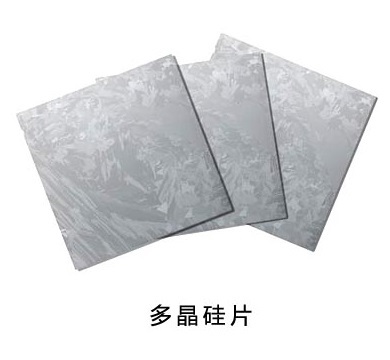Products Category
Contact Us
Tel: +86-18 423 717 818
E-mail: sales@cqoptics.com
Add: No. 5, Torch Ave, Jiulongpo District, Chongqing,400080 China 3rd Zone, Gongdatang, Jiangdong Street, Yiwu City, Zhejiang Province 322099 CHN
Skype: 27393442@qq.com
WeChat: Matrip023
whatsapp: +86 18423717818



Industry News
>> How to make polysilicon
1. Loading
Put the coated quartz crucible on the heat exchange table, add silicon raw material, then install heating equipment, heat insulation equipment and furnace cover, vacuumize the furnace to reduce the pressure in the furnace to 0.05-0.1mbar and keep the vacuum. Argon gas was introduced as a protective gas, so that the pressure in the furnace was basically maintained at about 400-600 mbar.
2. Heating
Use a graphite heater to heat the furnace body, first evaporate the moisture adsorbed on the surface of the graphite parts, heat insulation layer, silicon raw materials, etc., and then slowly heat up to make the temperature of the quartz crucible reach about 1200-1300 °C. This process requires 4- 5h.
3. Chemicals
Argon gas was introduced as a protective gas, so that the pressure in the furnace was basically maintained at about 400-600 mbar. Gradually increase the heating power to adapt the temperature in the crucible to about 1500 ℃, and the silicon raw material begins to melt. During the melting process, it is always guaranteed to be about 1500 ° C until the end of the material. The process takes about 20-22h.
4. Crystal Growth
After the melting of the silicon raw material, reduce the heating power so that the temperature of the crucible can be reduced to about the melting point of silicon at 1420-1440°C. Then the quartz crucible gradually moves down, or the heat insulation device gradually rises, so that the quartz crucible slowly leaves the heating zone and forms heat exchange with the surrounding; at the same time, the cooling plate is fed with water, so that the temperature of the melt starts to decrease from the bottom, and the crystalline silicon first It is formed at the bottom, and the solid-liquid interface is always kept parallel to the horizontal plane during the growth process until the crystal growth is completed, which takes about 20-22 hours.
5. Annealing
After the crystal growth is completed, due to the large temperature gradient at the bottom and the upper part of the crystal, thermal stress may exist in the crystal ingot, and the silicon wafer is easily broken again during the heating of the silicon wafer and the preparation of the cell. Therefore, after the crystal growth is completed, the silicon ingot is kept near the melting point for 2-4 hours, so that the temperature of the silicon ingot is uniform and thermal stress is reduced.
6. Cool down
After the silicon ingot is annealed in the furnace, the heating power is turned off, the heat insulation device is raised or the silicon ingot is completely lowered, and a large flow of argon gas is introduced into the furnace to gradually reduce the temperature of the silicon ingot to around room temperature; at the same time, the air pressure in the furnace gradually rises until The process takes about 10 hours to reach atmospheric pressure.









 Evaporation Materials
Evaporation Materials


